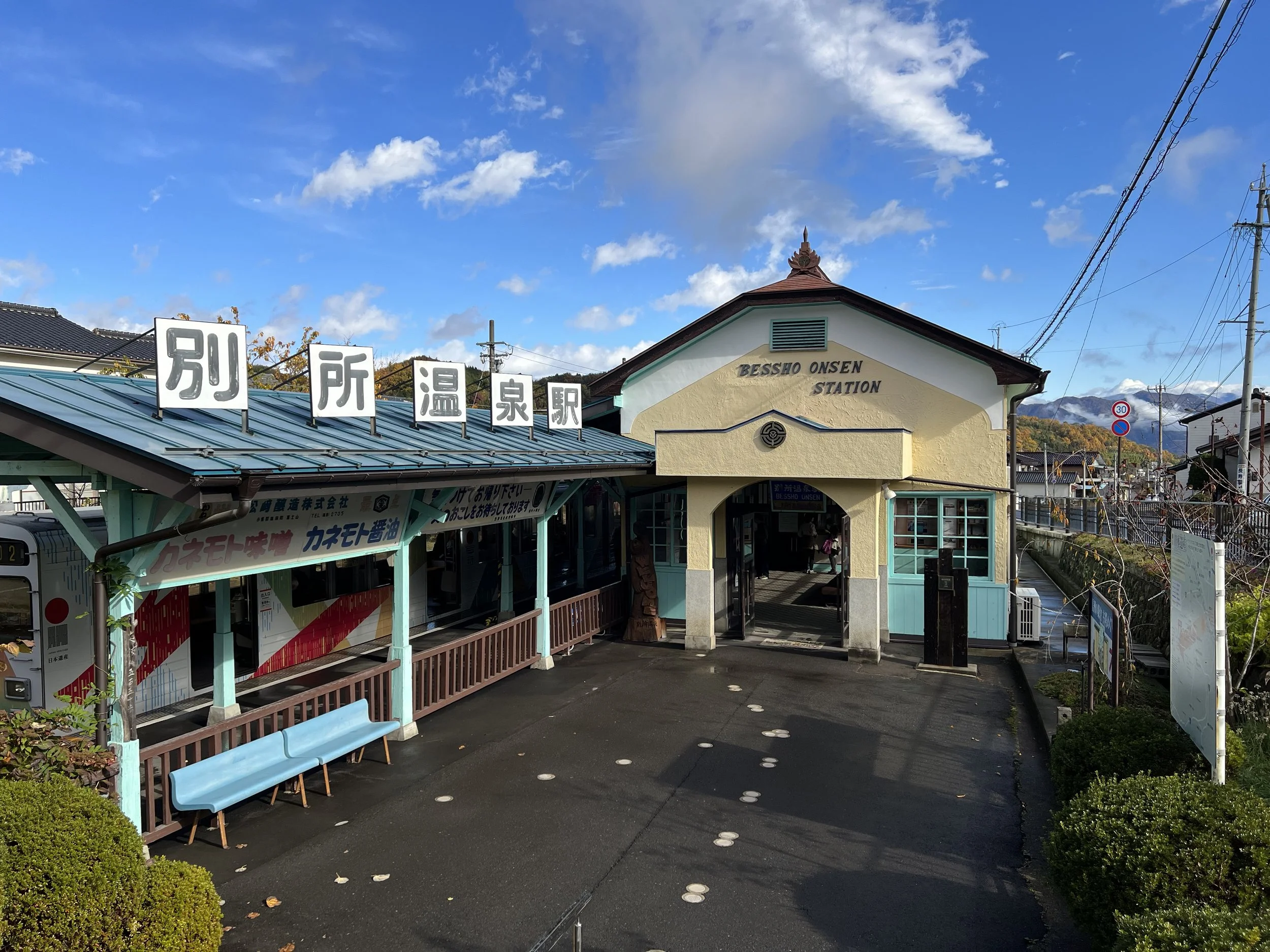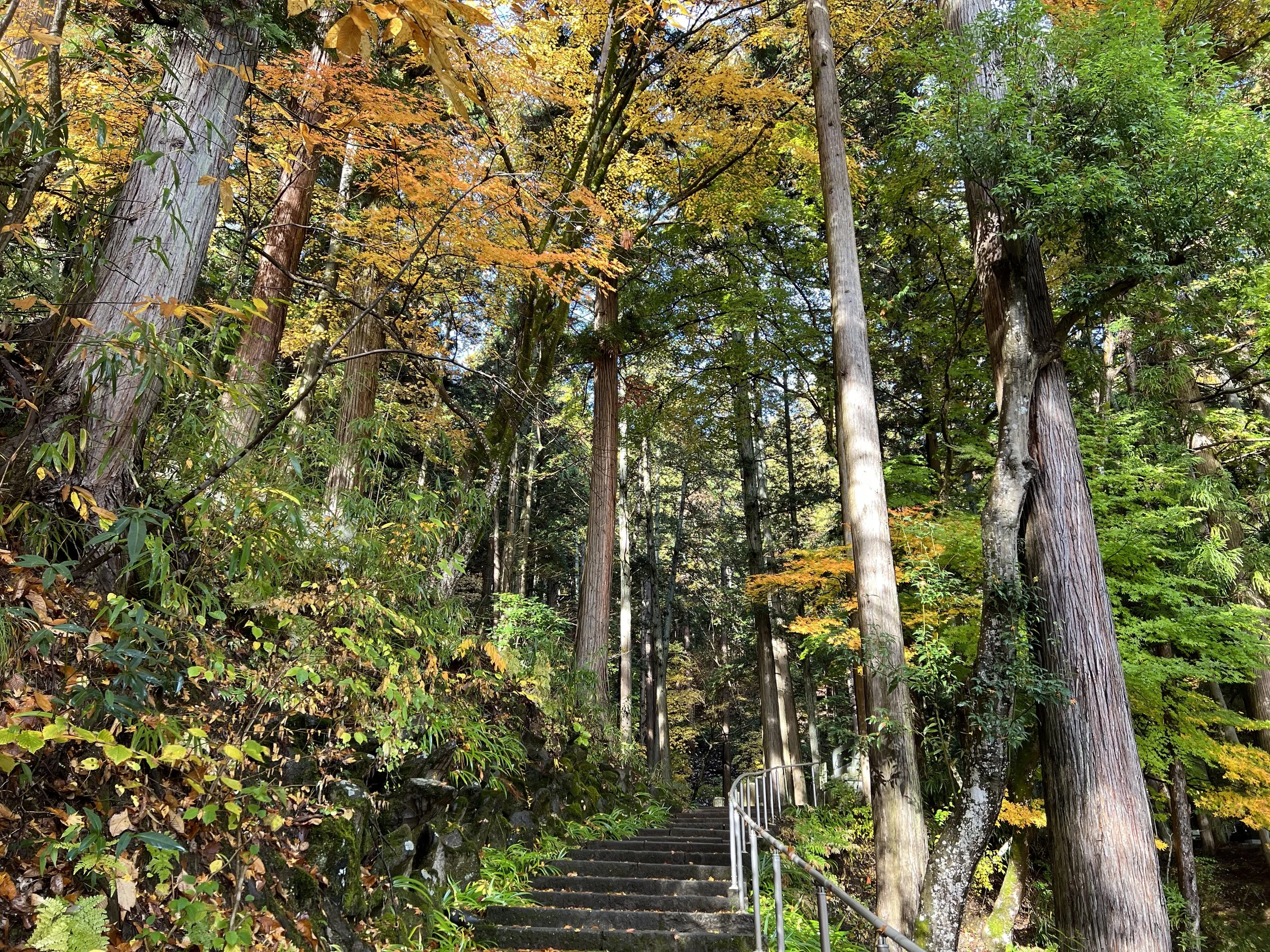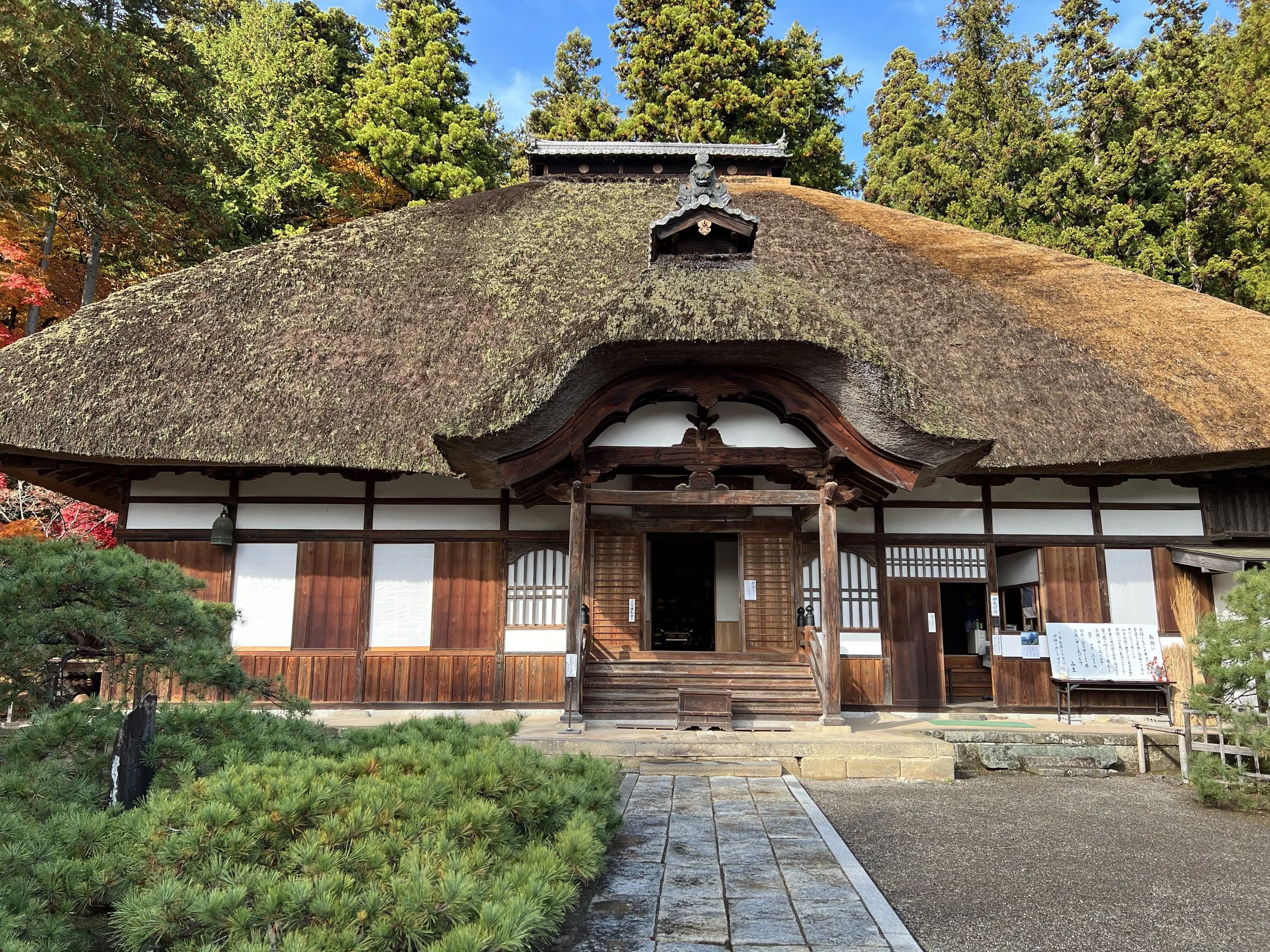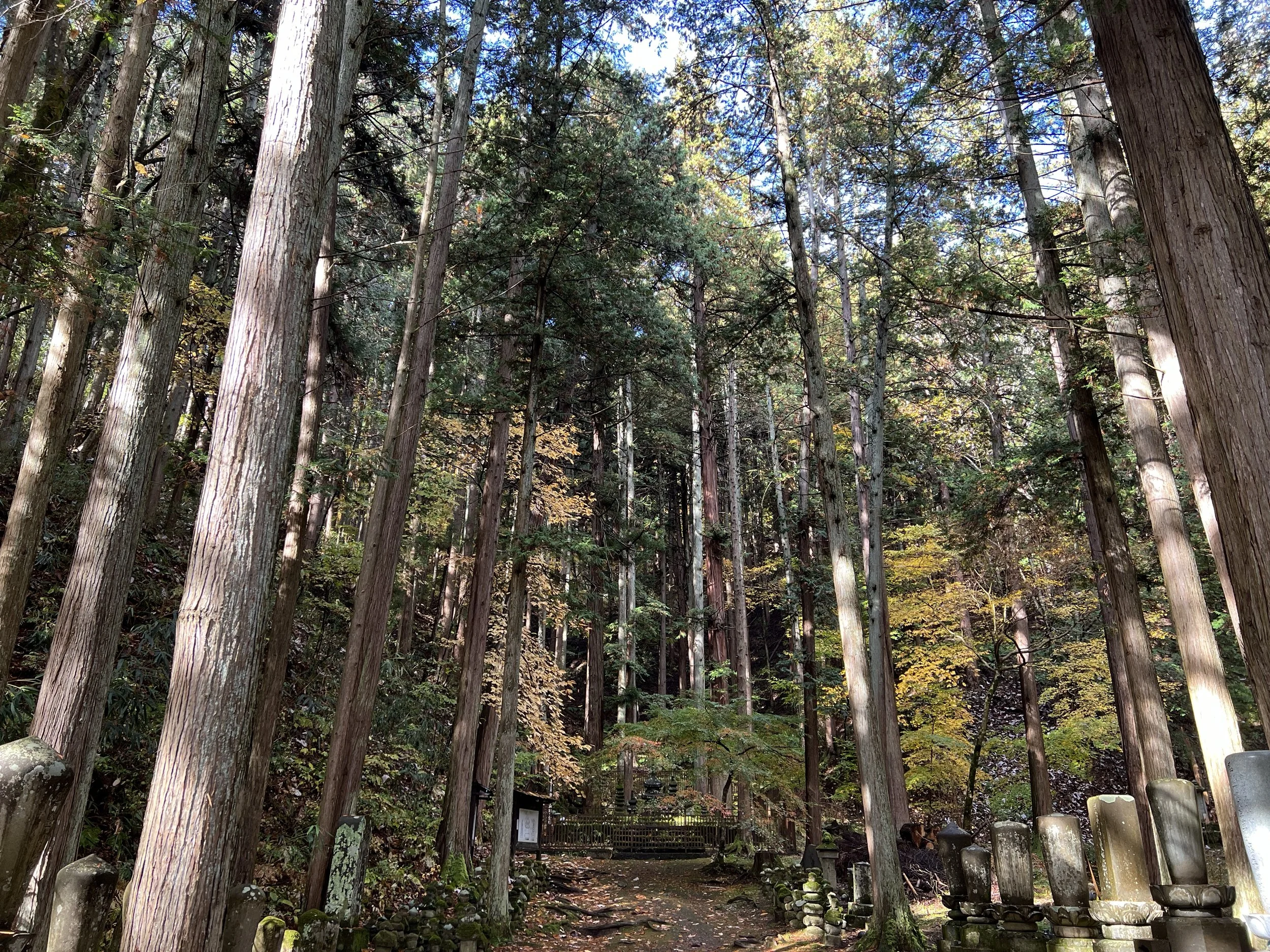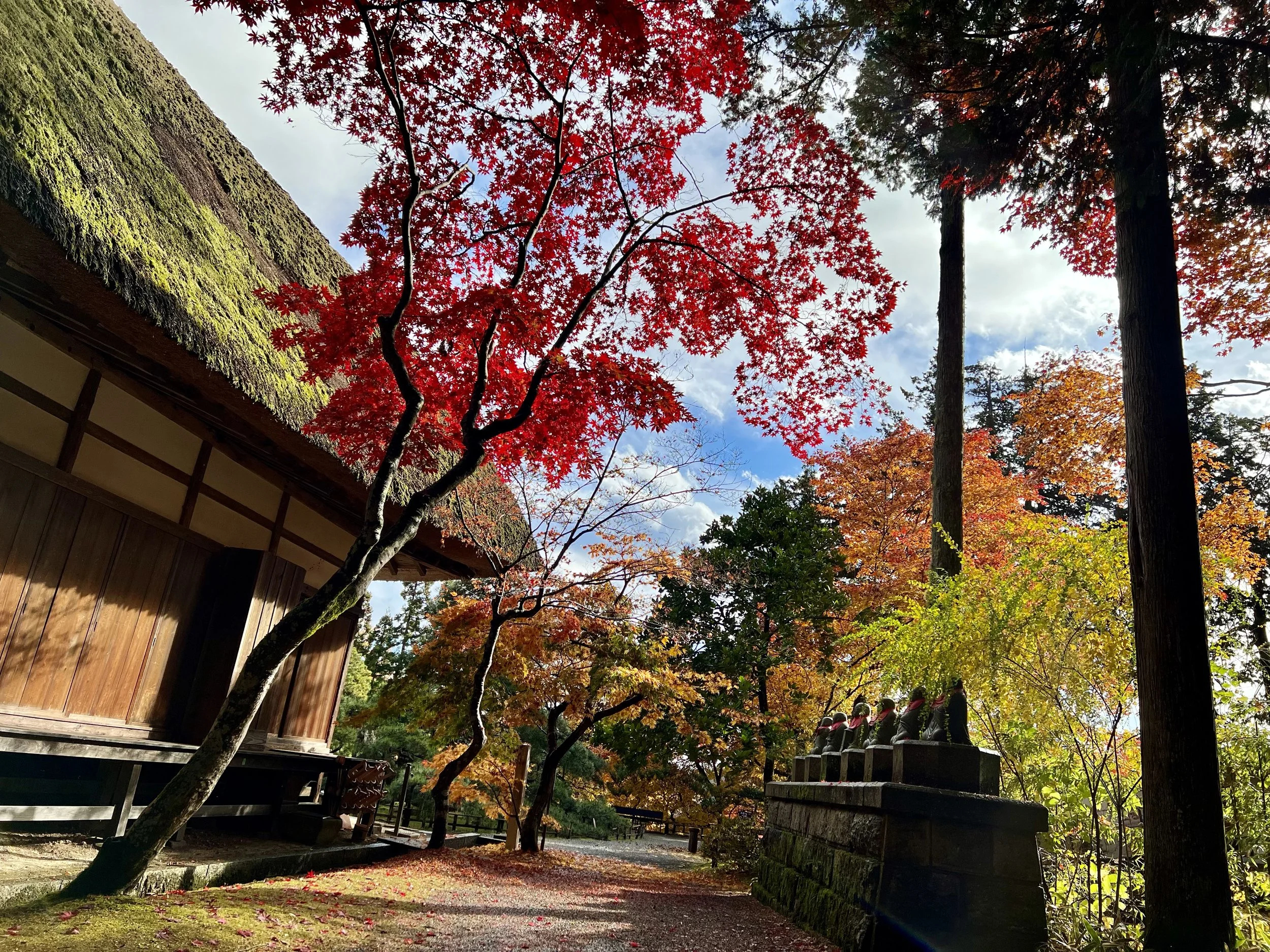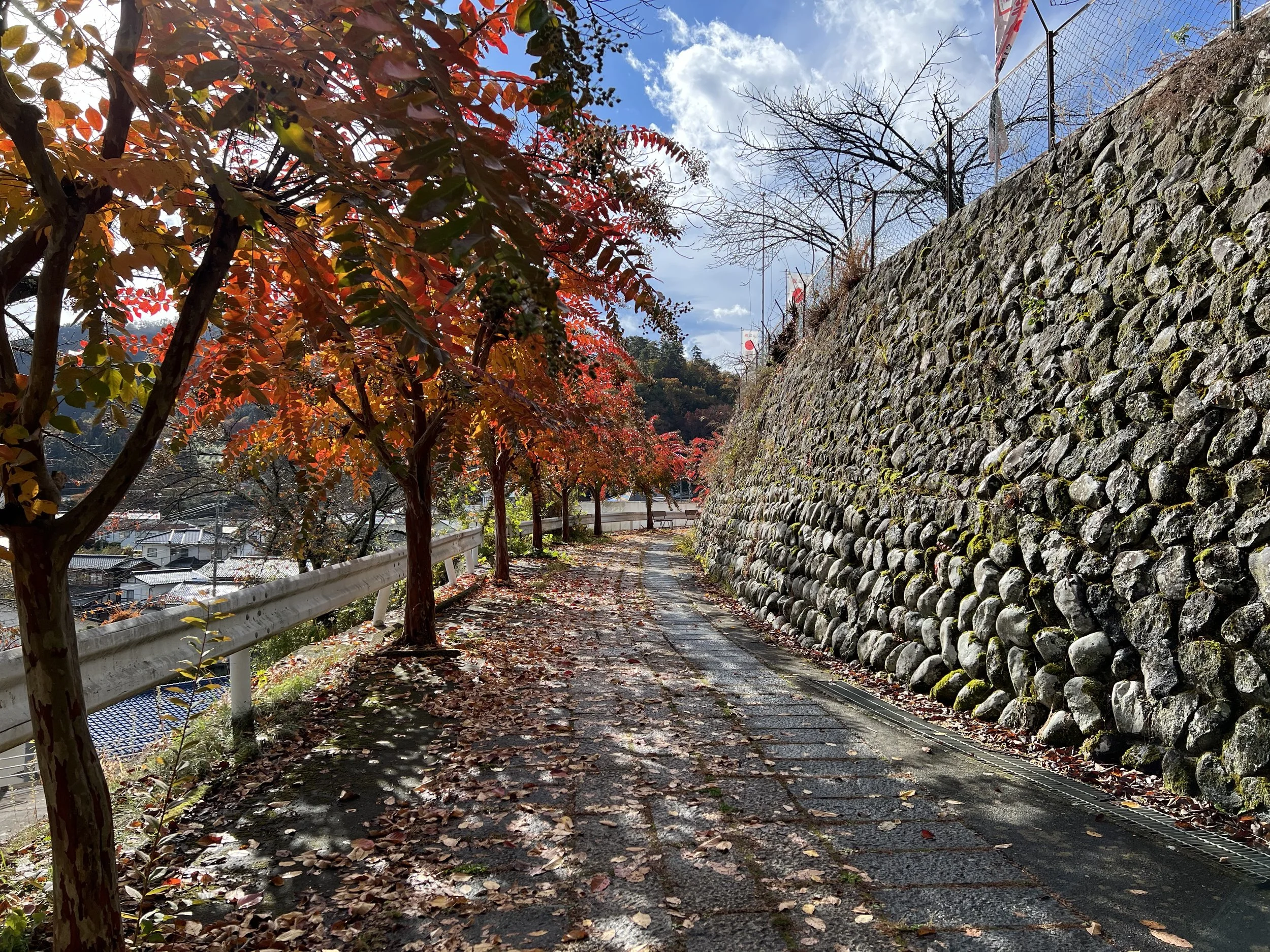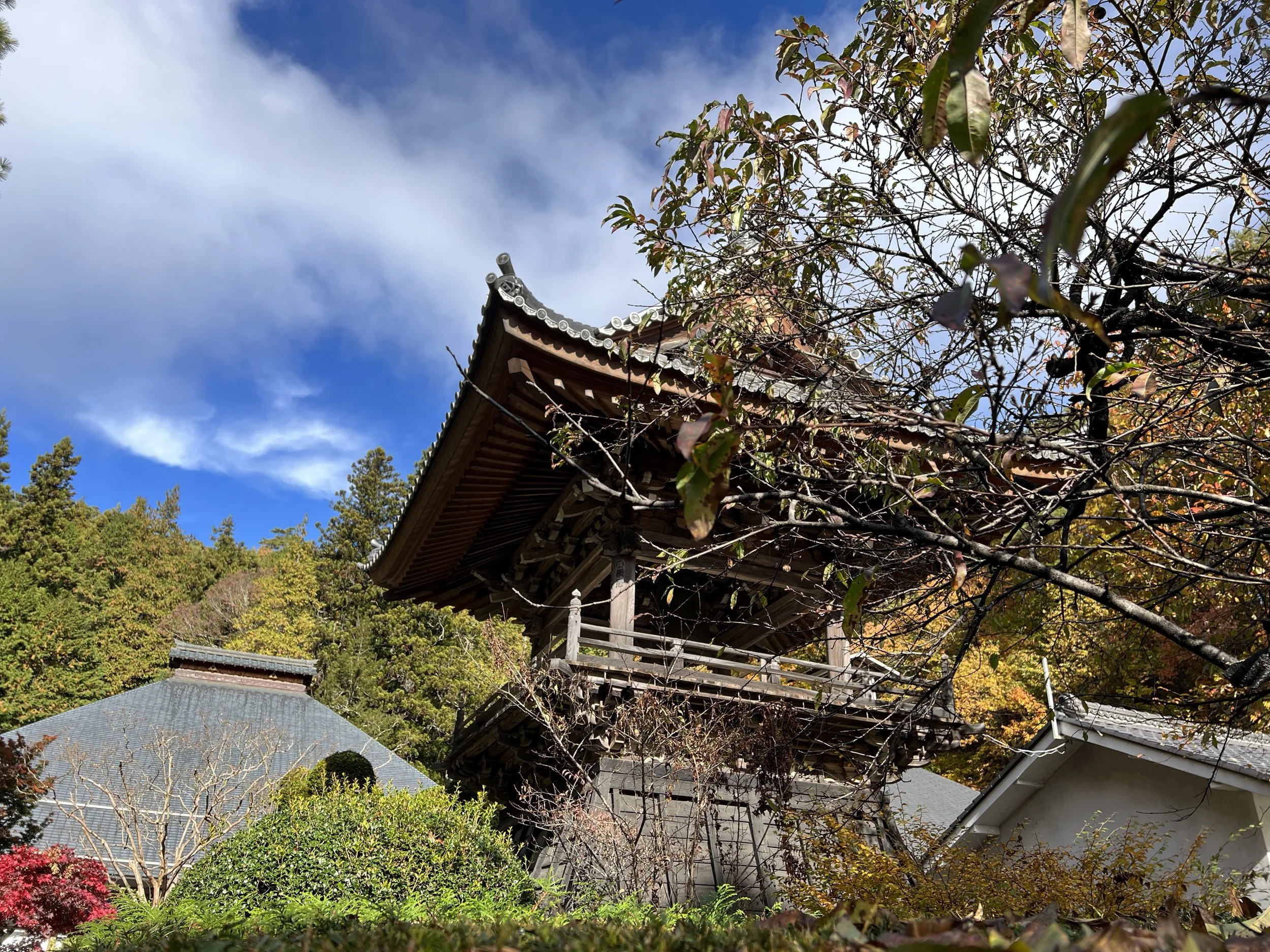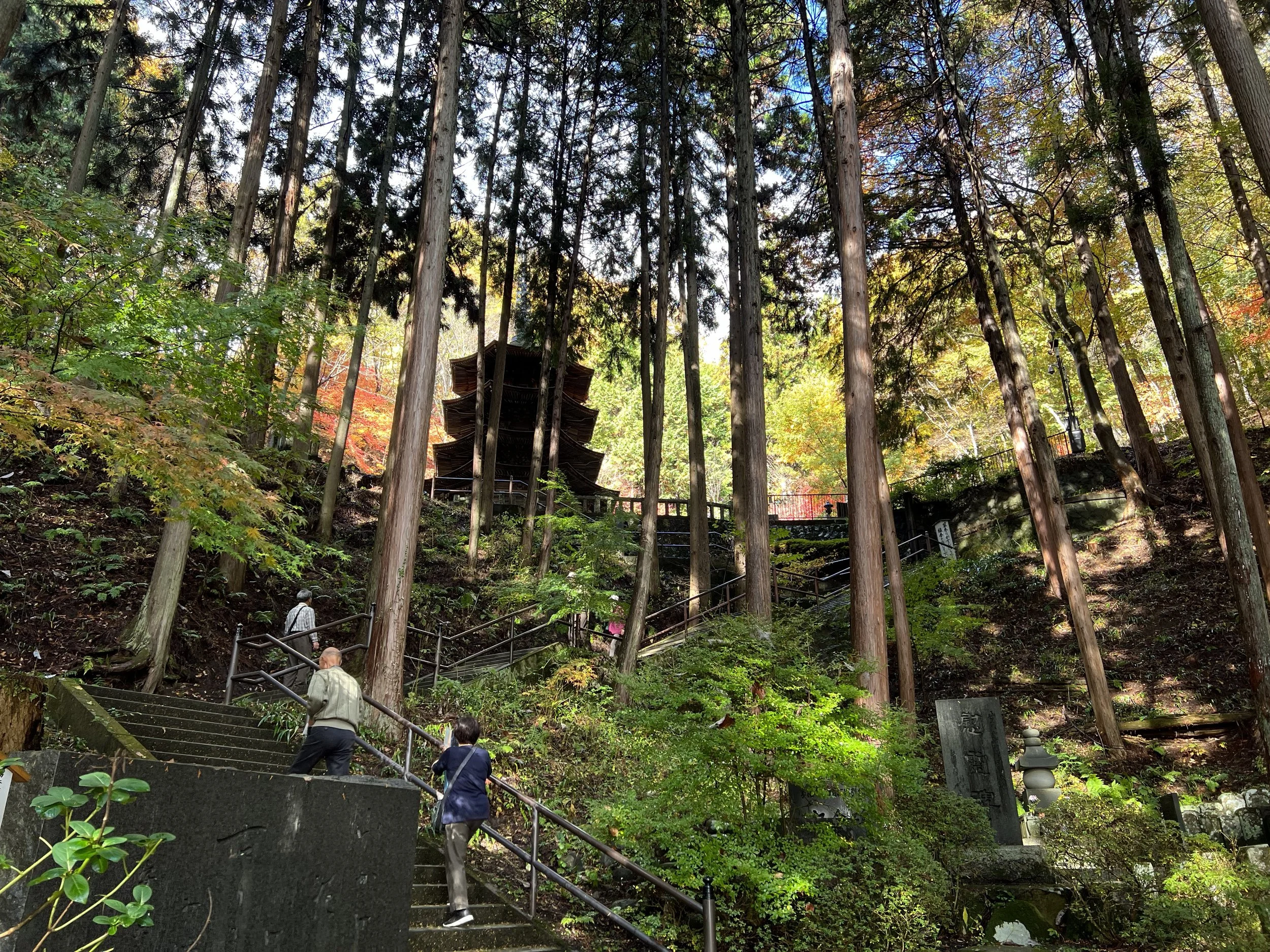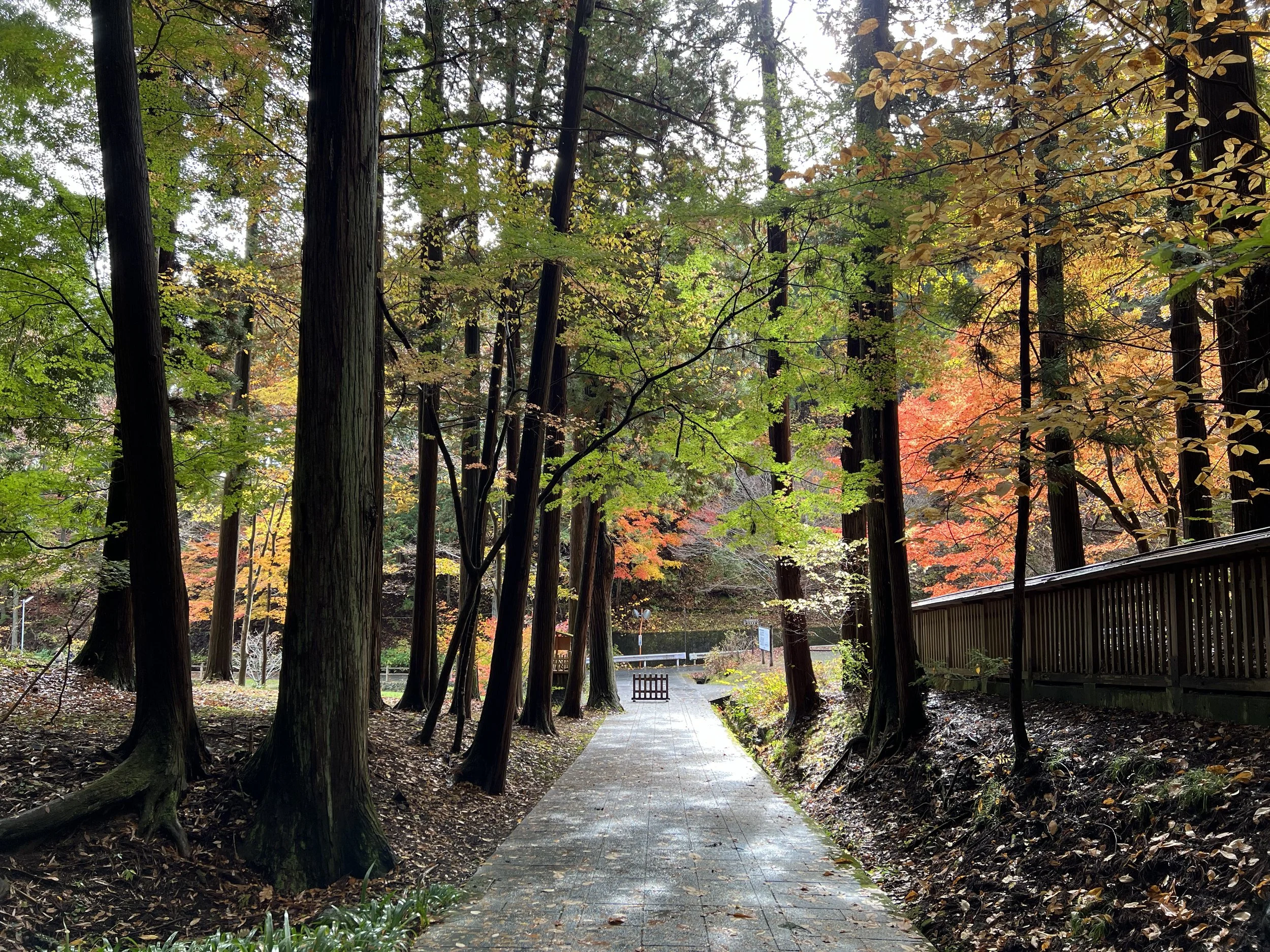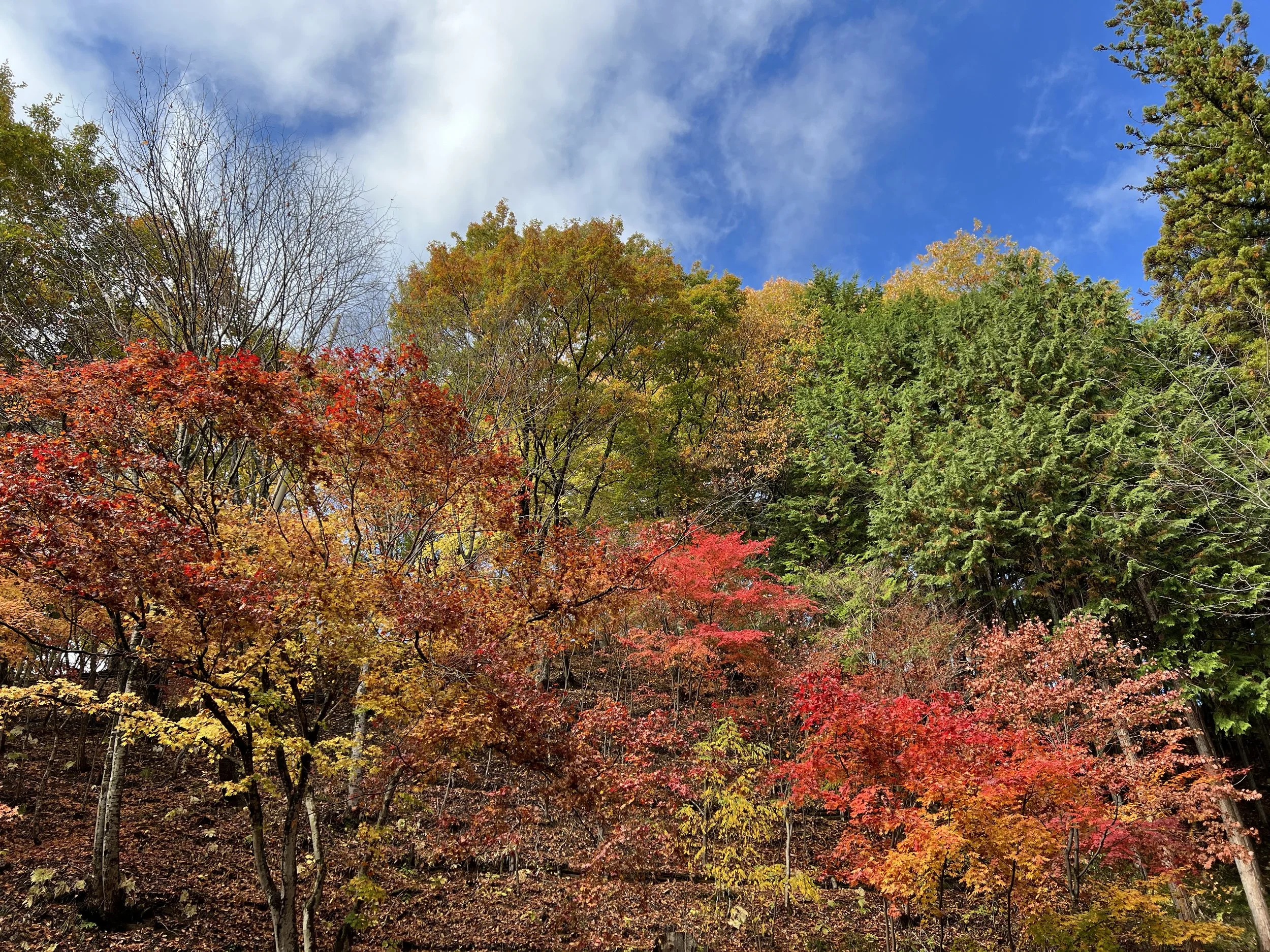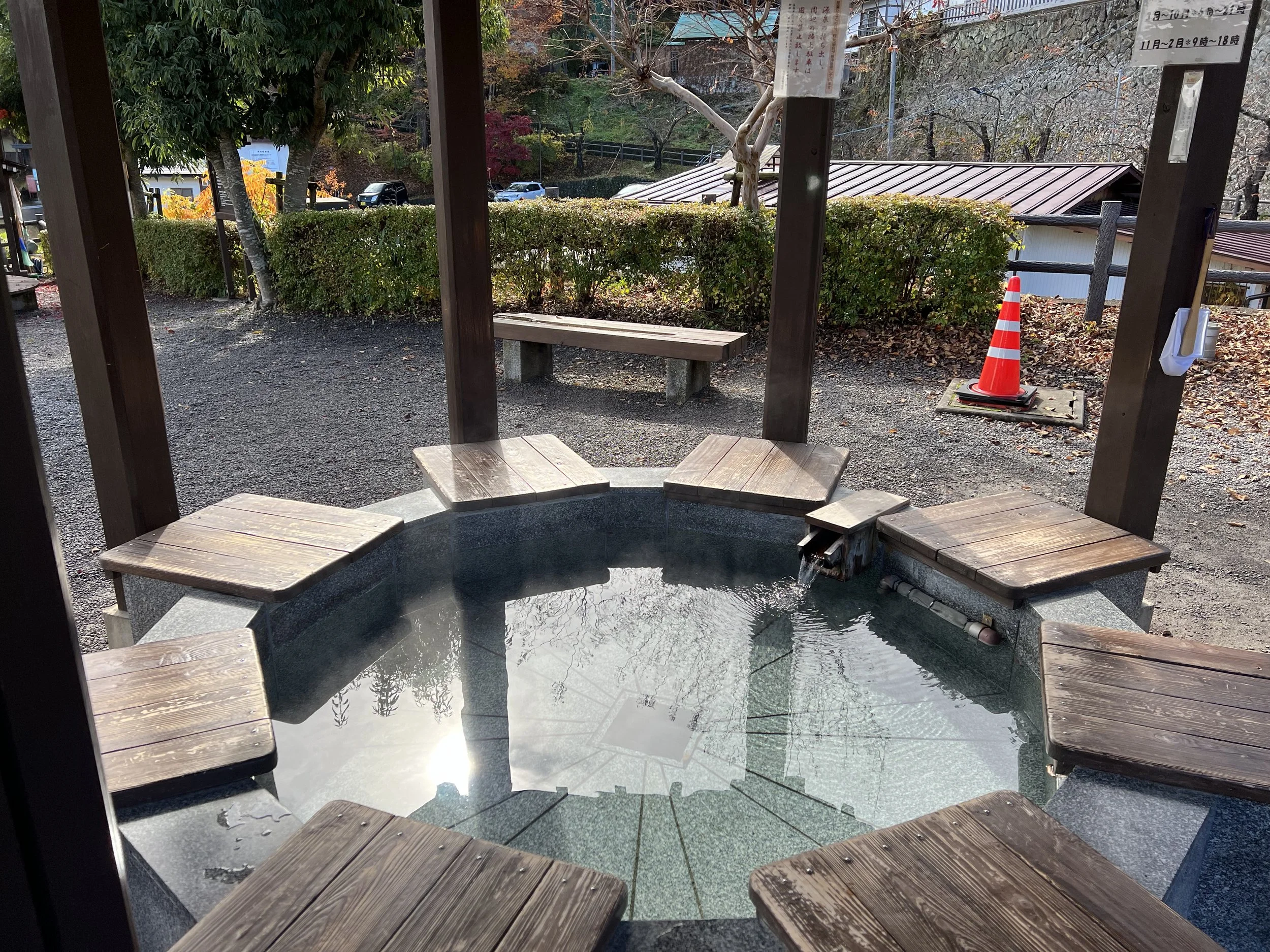Bessho Onsen - Nagano, Japan
I decided to visit Bessho Onsen (別所温泉) in Nagano, renowned for its historic hot springs and beautiful temples. The trip from Nagano Station took about 1 hour and 20 minutes, with a transfer at Ueda Station.
During the Kamakura Period (1192–1333), Bessho Onsen served as the governor’s base for the Shinshu region (today’s Nagano Prefecture). The governor built numerous temples and introduced Kamakura culture here, earning the town the nickname “Kamakura of Shinshu.”
Upon arrival, the nostalgic design of the train station immediately stood out. I planned to visit Jorakuji Temple, Anrakuji Temple, Kitamuki Kannon Temple, and one of the local foot baths. The autumn colours made the scenery even more stunning, especially at Jorakuji and Anrakuji Temples.
Jorakuji Temple is notable for its thatched roof. There’s also a small museum showcasing wooden plaques painted by Hokusai, though I skipped it. Behind the temple, a small pagoda atop a hill offers a short hiking opportunity.
Next, I visited Anrakuji Temple, the oldest standing Buddhist temple in the area. Its highlight is the wooden octagonal pagoda, built in the Chinese Song style during the Kamakura Period—the only one of its kind remaining in Japan.
From there, I walked to Kitamuki Kannon Temple, which is unusual in that it faces north rather than south. Dedicated to Kannon, the Buddhist goddess of mercy, the temple sits near a shopping street, several bathhouses, and free foot baths.
After exploring the temple and nearby shopping street, I ended my visit by relaxing at a riverside foot bath before heading back to Nagano.
History & Background
Bessho Onsen is one of Nagano Prefecture’s oldest hot spring towns, with a history spanning over a thousand years. During the Kamakura Period, it became a cultural hub under the Shinshu governor, who built many temples and introduced Kamakura-era architecture and art. Today, the town preserves its historic charm with traditional temples, unique pagodas, and atmospheric streets lined with ryokans and bathhouses, making it a favourite destination for both relaxation and cultural exploration.
Jorakuji Temple 常楽寺 – Famous for its thatched roof, Jorakuji dates back to the Kamakura Period. The temple features a small museum displaying wooden plaques painted by Hokusai and a peaceful hillside pagoda to explore.
Anrakuji Temple 安楽寺 – The oldest standing Buddhist temple in Bessho Onsen, Anrakuji features a rare wooden octagonal pagoda built in the Song style during the Kamakura Period. It remains the only structure of its kind in Japan, reflecting the region’s historical connection to Chinese architectural influences.
Kitamuki Kannon Temple 北向観音 – Unique for facing north instead of south, this temple is dedicated to Kannon, the Buddhist goddess of mercy. Its location near the shopping street and foot baths makes it both a spiritual and cultural highlight of the town.
Getting There
To reach Bessho Onsen, take the JR Hokuriku Shinkansen to Ueda Station, then transfer to the Ueda Railway (Ueda Dentetsu) for the final 30-minute ride to Bessho Onsen Station. The Shinkansen from Tokyo to Ueda takes about two hours and runs frequently, while the local train to Bessho Onsen departs roughly every 30 minutes. Note that the local train requires a separate ticket, as IC cards are not accepted.
Route Overview
Distance: 3.48 km out & back (Bessho Onsen Station)
Total elevation gain: 104 m
Duration: 44 min (with breaks 1 hr 27 min)
Difficulty: Easy
Cost Breakdown
Train: Nagano Station → Ueda Station — ¥780
Train Ticket: Ueda Dentetsu 1-Day Ticket — ¥1,180
Entrance Fee: Jorakuji Temple — ¥300
Entrance Fee: Anrakuji Temple — ¥300
